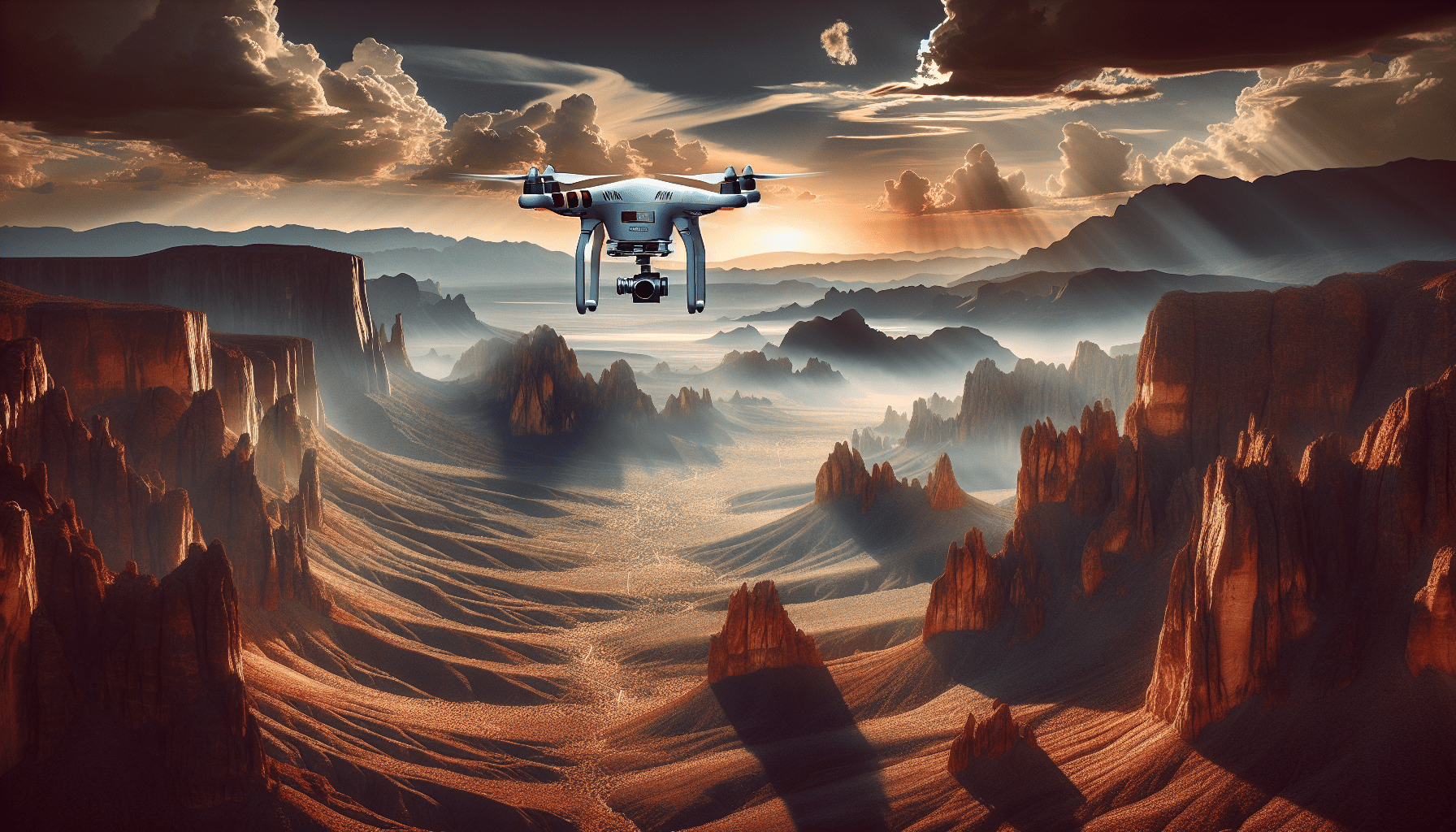Have you ever wondered what regulations exist for drone usage near Las Vegas’ national parks? Whether you’re new to drone flying or a seasoned pro, staying informed about the rules is crucial for a safe and legal flight experience. In this guide, we’ll explore the regulations regarding drone usage in and around the national parks near Las Vegas.
Understanding Federal Regulations
When it comes to flying drones, federal regulations set by the Federal Aviation Administration (FAA) play a massive role. These rules apply to all U.S. airspace, including the areas surrounding national parks.
FAA Part 107
If you’re wondering what governing body oversees drone usage, it’s the FAA, specifically under Part 107. If your drone weighs under 55 pounds and you’re flying it for commercial purposes, you need to have a Remote Pilot Certificate, abide by airspace restrictions, and follow certain operational rules, such as keeping your drone within visual line-of-sight and flying only during daylight or civil twilight.
Recreational Flyers
For recreational flyers, the rules are slightly different but still stringent. You must comply with the safety guidelines set by the FAA, which include flying below 400 feet, adhering to community-based safety guidelines, and never flying near other aircraft or over groups of people.
National Park Service (NPS) Regulations
Even if you’ve got your FAA regulations down pat, national parks have their own set of rules, specifically prohibiting drone usage.
General Prohibition
The National Park Service bans the launch, landing, and operation of drones on all NPS lands without a special permit. This includes the national parks near Las Vegas such as Red Rock Canyon, Death Valley, and the Lake Mead National Recreation Area. This regulation is outlined in Policy Memorandum 14-05, which aims to preserve the natural landscape, protect wildlife, and ensure visitor safety.
Permits and Exceptions
If you have a legitimate reason to use a drone, you can apply for a Special Use Permit (SUP) from the NPS. These permits are usually granted for scientific research, search and rescue operations, and other specific activities that require aerial support.
Table: Special Use Permits Quick Guide
| Type of Activity | Permit Required | Additional Requirements |
|---|---|---|
| Commercial Filming | Yes | Detailed project plan |
| Research | Yes | Proof of necessity |
| Emergency Response | Yes (flexible) | Coordination with NPS |
Be prepared to provide a detailed description of your project and justify why a drone is necessary.
Local and State Park Regulations
In addition to federal and NPS regulations, local and state parks may have their own rules regarding drone usage.
Nevada State Parks
If you plan to fly your drone in any state park in Nevada, you must comply with the Nevada State Parks regulations. Drone usage is allowed only in specific areas and usually requires a permit. It’s best to check with the individual state park you plan to visit for their rules and permitting process.
Clark County Parks
Clark County operates several parks encompassing areas close to Las Vegas. Each park may have different rules, but generally, drone flying is restricted and typically requires a permit. Checking the Clark County Parks Department’s website or contacting them directly will help you stay informed.
What About Private Property?
Drone usage over private property in the areas surrounding Las Vegas’ national parks also has its own set of rules. While flying over someone’s property, consent from the property owner is mandatory. Trespassing laws come into play, and flying your drone over someone’s private property without permission can lead to legal complications.
Obtaining Permissions
Always seek the landowner’s consent before planning your flight. Whether it’s residential or commercial property, respecting private property boundaries is crucial.
Best Practices for Safe Drone Flying
Knowing the regulations is the first step; the second is practicing safe and responsible flying. Here are some tips to help you fly safely:
Pre-Flight Checklist
- Check Weather Conditions: Make sure the weather is suitable for flying.
- Inspect Your Drone: Ensure all components are functioning correctly.
- Firmware Updates: Ensure your drone’s firmware is up to date.
In-Flight Guidelines
- Keep Visual Contact: Always maintain a line of sight with your drone.
- Respect Privacy: Never fly near people or over private property without permission.
- Monitor Battery Life: Keep an eye on your drone’s battery level to avoid crashes.
Consequences of Violating Regulations
Not adhering to the rules can result in severe consequences, ranging from fines to criminal charges. Federal fines for illegal drone usage can reach up to $27,500, while criminal penalties can include imprisonment.
Spotting Violations
Understanding the common violations can help you avoid them. These include:
- Flying over groups of people
- Flying near other aircraft
- Operating in restricted areas without a permit
Conclusion
Flying a drone near Las Vegas’ national parks can be an exhilarating experience, but it’s crucial to know and follow the regulations to ensure a safe and enjoyable flight. The National Park Service’s stringent rules, coupled with federal and local regulations, aim to protect the natural environment, wildlife, and the safety of all park visitors.
By staying informed and respecting these guidelines, you can help preserve the beauty and sanctity of these treasured landscapes. So, before you take to the skies, make sure you understand and respect all applicable rules and regulations.
Happy and safe flying!

